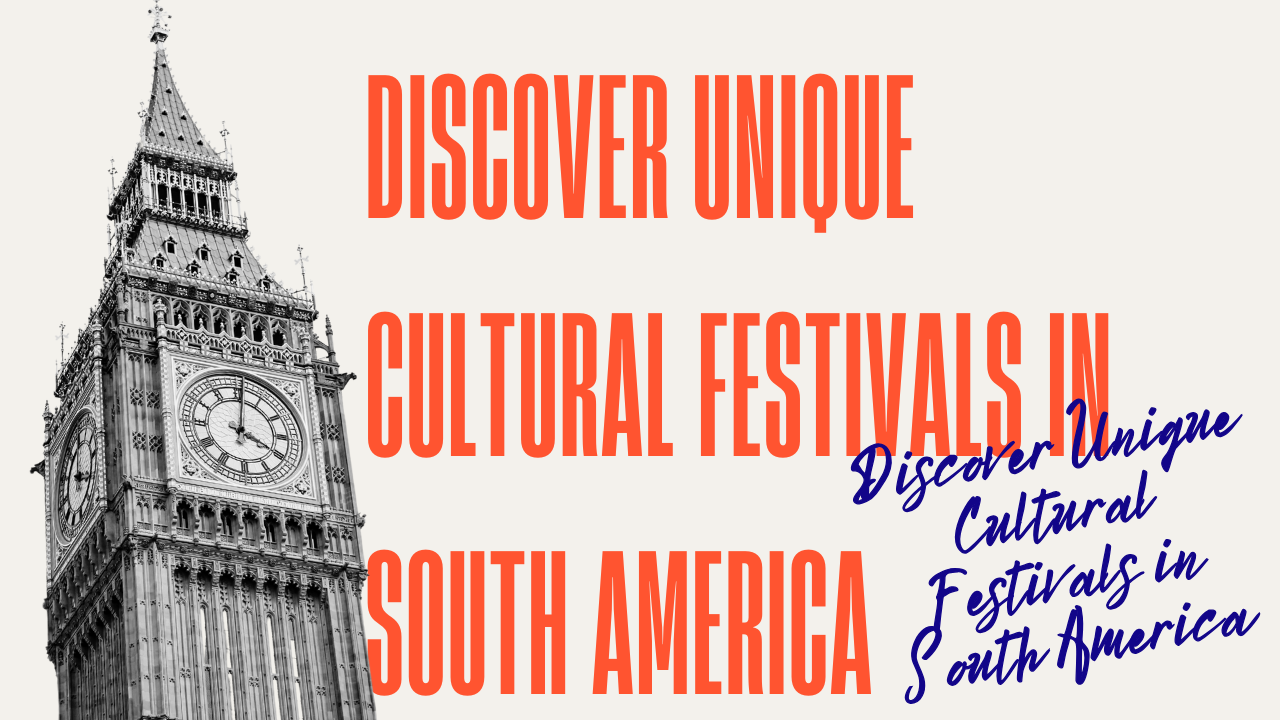Beyond its stunning scenery, historic sites, and energetic towns, South America is a continent full of festivals that highlight its essence. Every festival, from the spiritual reverence of Peru’s Inti Raymi to the thrilling beats of Brazil’s Carnival, narrates a tale of joy, tradition, and resiliency. Let’s explore some of the most distinctive cultural celebrations, or “cultural festivals in South America,” that contribute to the continent’s vibrant and diverse landscape.
Table of Contents
The Spirit of South American Festivals
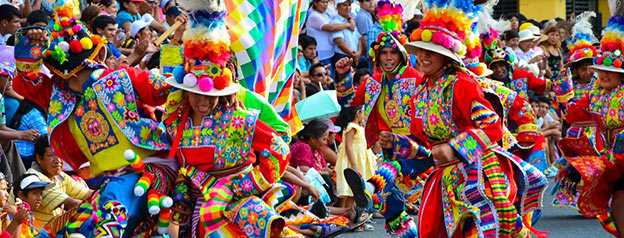
What makes South American festivals so special? It’s their fusion of indigenous rituals, African rhythms, and European religious influences. These “cultural festivals in South America” are not just about fun—they’re about preserving identity, telling stories, and connecting communities.
Brazil’s Carnival – The World’s Biggest Party
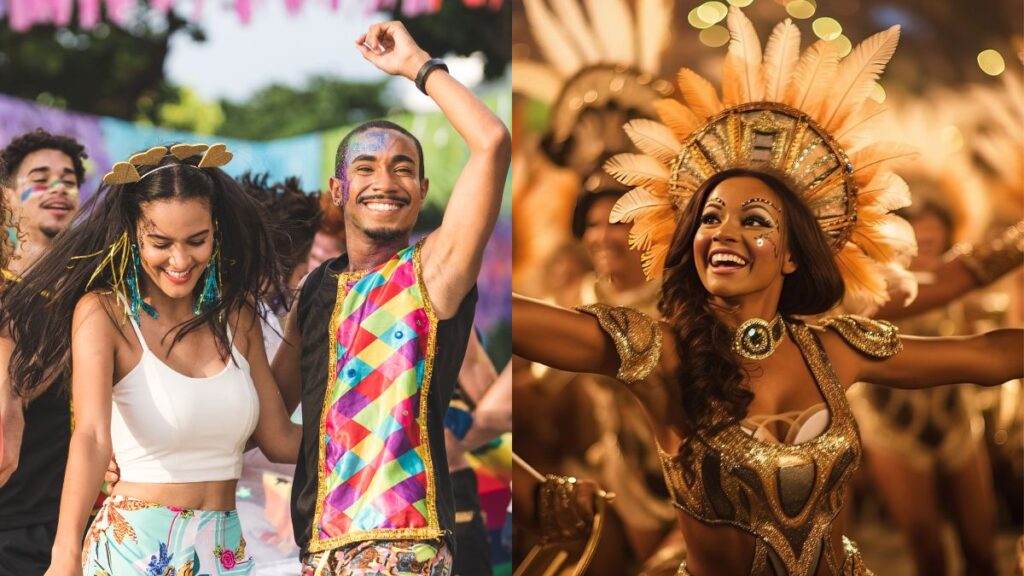
When you think of South America, the Rio Carnival probably comes to mind. Known as the largest festival in the world, it turns Brazil into one giant dance floor. Samba schools parade in elaborate costumes, music fills the air, and millions of locals and tourists flood the streets for unforgettable days of joy and rhythm.
Inti Raymi – Festival of the Sun in Peru
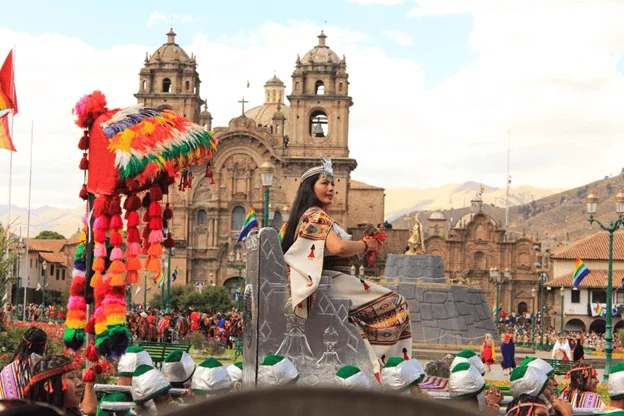
The Sun God is honoured during the ancient Incan festival of Inti Raymi in Cusco, Peru. At Sacsayhuamán stronghold, Incan rites are reenacted with traditional music, vibrant costumes, and symbolic offerings. It takes you back to a time when agriculture and life were governed by the sun.
Dia de los Muertos – Ecuador and Beyond
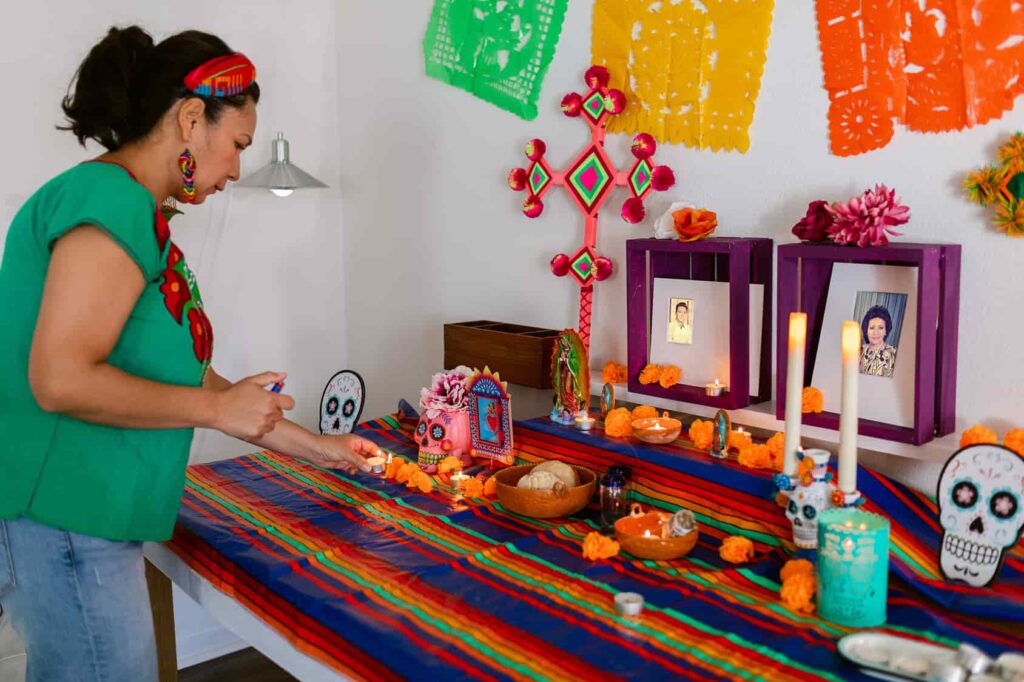
In contrast to the solemn funerals that many people are familiar with, Dia de los Muertos in Ecuador is a time to celebrate ancestors. With food offerings like colada morada (a purple fruit drink) and guaguas de pan (bread shaped like infants), families congregate in graves. It’s a celebration of eternal life.
Fiesta de la Candelaria – Peru and Bolivia
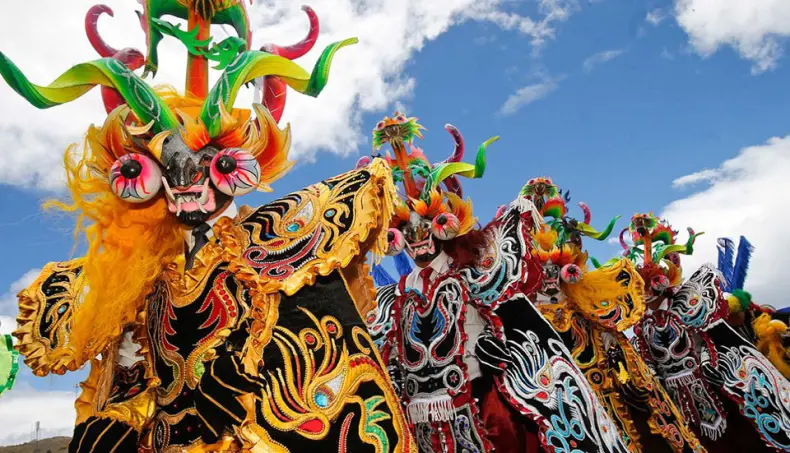
This festival blends Catholic devotion with Andean traditions. Thousands of dancers and musicians fill the streets in honor of the Virgin of Candelaria. From majestic costumes to folk rhythms, it’s a vibrant mix of faith and festivity.
Oruro Carnival – Bolivia’s Cultural Gem
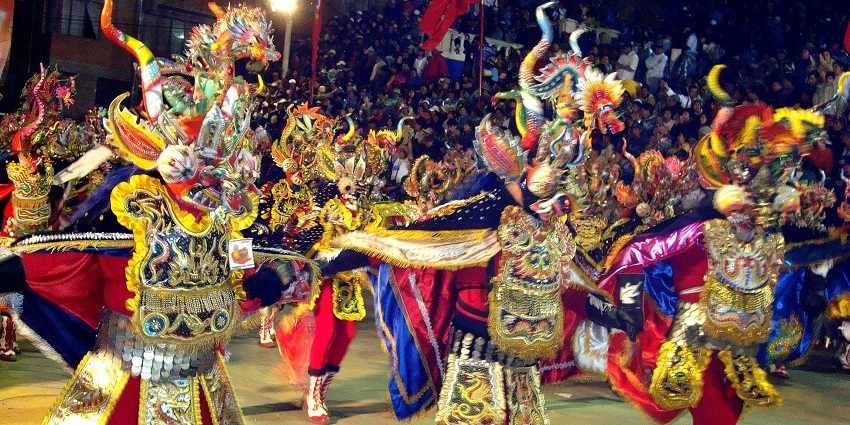
One of Bolivia’s biggest cultural treasures is the Oruro Carnival, which has been recognised by UNESCO. In the well-known Diablada (Dance of the Devils), masked dancers combine Christian and indigenous symbols to dramatise conflicts between good and evil.
La Tirana Festival – Chile
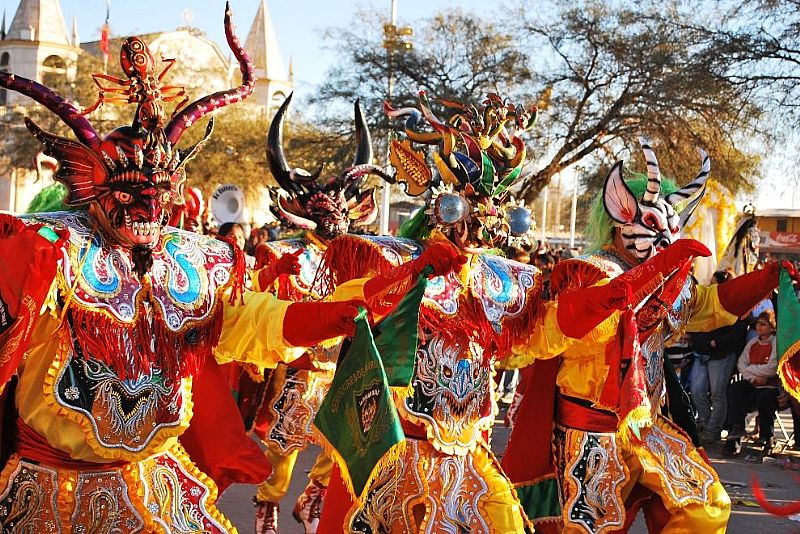
The little community of La Tirana comes alive every July. The festival honors the Virgin of Carmen, Chile’s patron saint, through music, elaborate masks, and mystical dances rooted in both pre-Columbian and Catholic traditions.
Festa Junina – Brazil
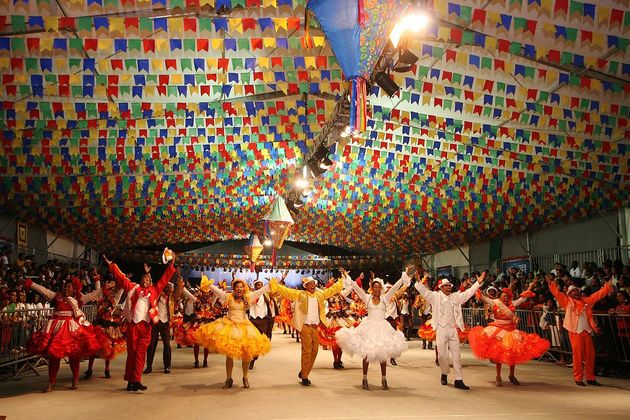
This June festival celebrates rural life with bonfires, traditional food, and quadrilha (folk dances). Locals dress in straw hats and country attire, honoring harvests and saints in a rustic, joyful style.
Semana Santa – Guatemala & South America
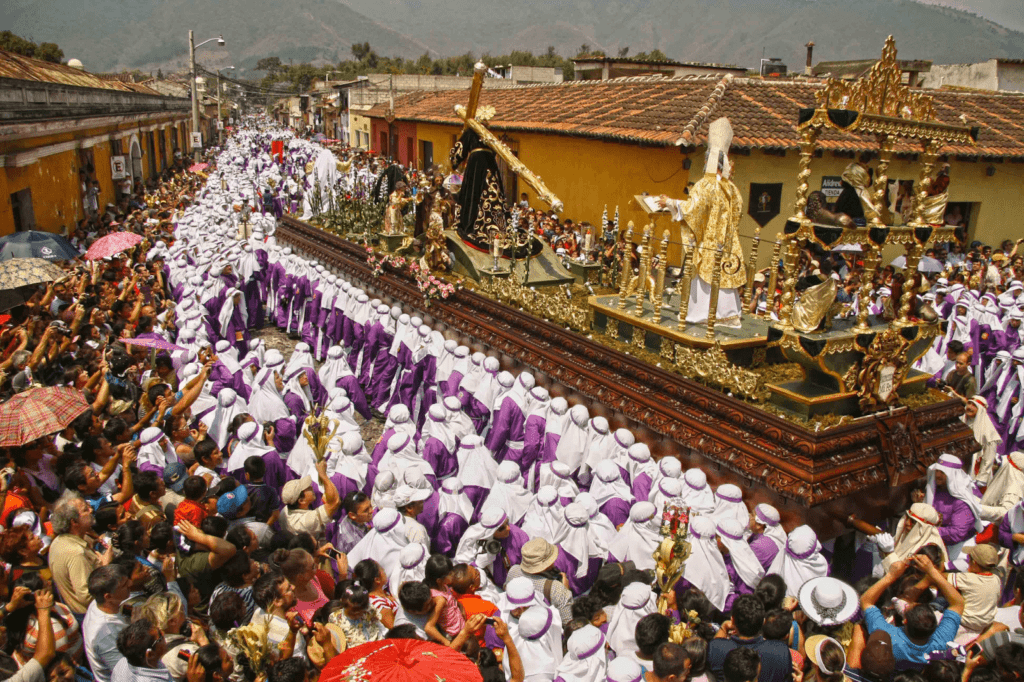
While Catholic in origin, Semana Santa (Holy Week) takes on unique South American flavors. In many towns, processions pass over vibrant alfombras—artistic carpets made from flowers, colored sawdust, and fruit. It’s as spiritual as it is visually stunning.
Barranquilla Carnival – Colombia
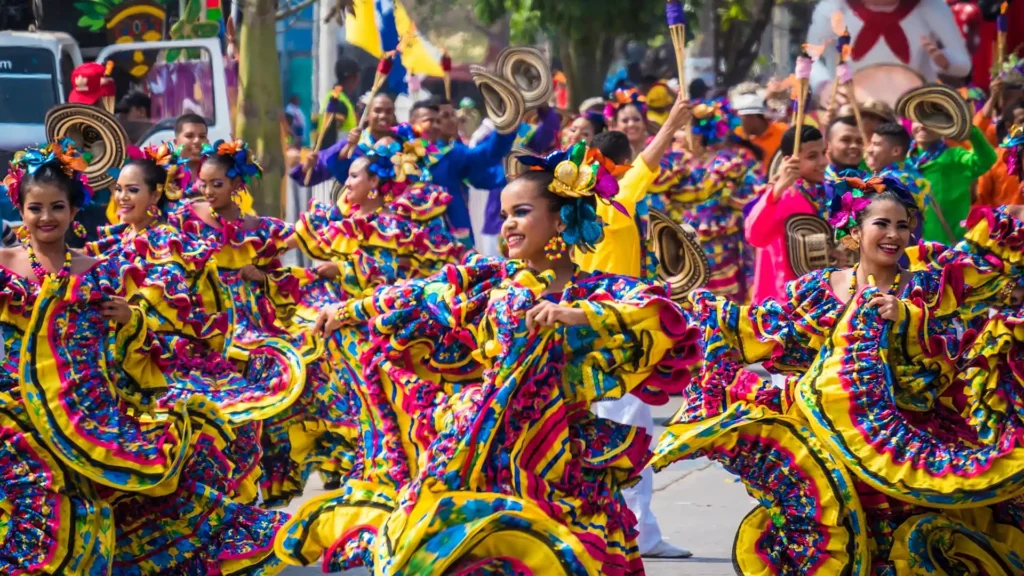
Barranquilla’s celebration is so spectacular that it was recognised by UNESCO, second only to Brazil’s Carnival. The Battle of Flowers march and indigenous and African-inspired traditional dances like mapalé and cumbia are among its attractions.
Virgen de Urkupiña – Bolivia

Held in Cochabamba, this festival blends devotion to the Virgin Mary with folkloric dances, music, and rituals. Pilgrims often break stones at Calvario Hill as symbolic offerings of faith and prosperity.
Patron Saint Festivals Across South America
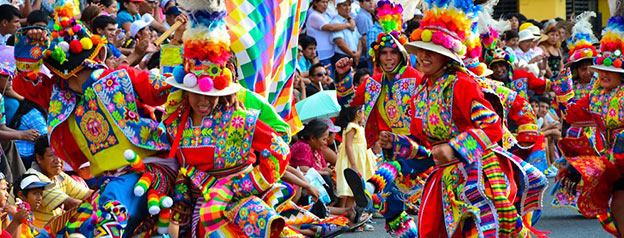
Every region has its patron saint, and locals honor them with parades, music, and fireworks. These festivals are less touristy but deeply meaningful, offering authentic glimpses into everyday South American spirituality.
Music and Dance at the Heart of Festivals

Without music, no festival is complete. Dance is a shared language throughout the continent, from the seductive tango of Argentina to the mesmerising samba beats and the joyous cumbia rhythms. It’s how people celebrate life, let off steam, and tell stories.
Food as a Celebration of Culture
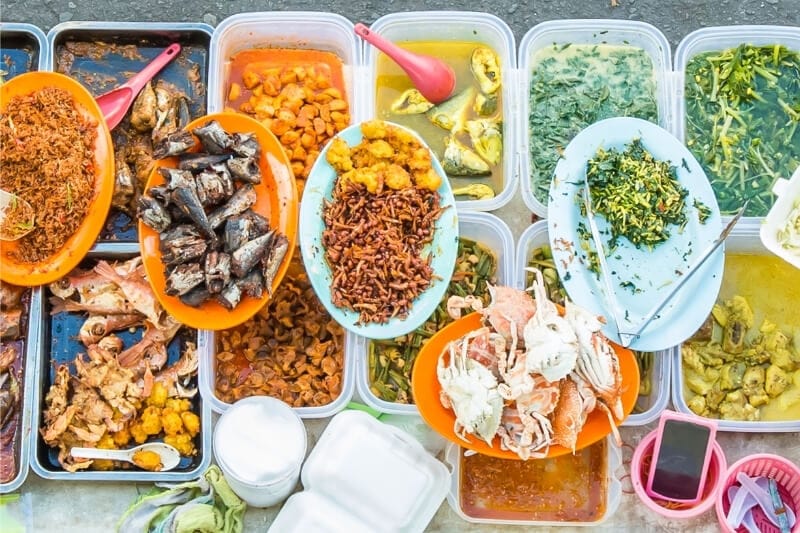
Food is central to every festival. Imagine feasting on feijoada in Brazil, empanadas in Argentina, or tamales in Colombia. Street food vendors line the roads, offering flavors that bring communities together over shared plates and laughter.
Why You Should Experience These Festivals
South American festivals aren’t just events—they’re experiences that awaken the senses. Whether you’re dancing samba in Rio, drinking colada morada in Ecuador, or watching a Diablada performance in Bolivia, you’re not just a spectator—you become part of the culture.
Also visit:
Secret Treasures: Discovering Hidden Gems in Italy
Hidden Gems in Italy: Exploring Beyond the Tourist Trail
Hidden Gems in Italy That Will Take Your Breath Away
The Best Beaches in Florida for Nightlife and Entertainment
The Best Beaches in Florida for Beach Volleyball
Conclusion
The cultural festivals of South America are living traditions that combine joy, faith, and history; they are more than just festivities. Each one tells a tale through food, dance, music, and camaraderie. Immersion in these events is the best way to experience South America’s pulse if you’re searching for travel experiences that go beyond sightseeing.

